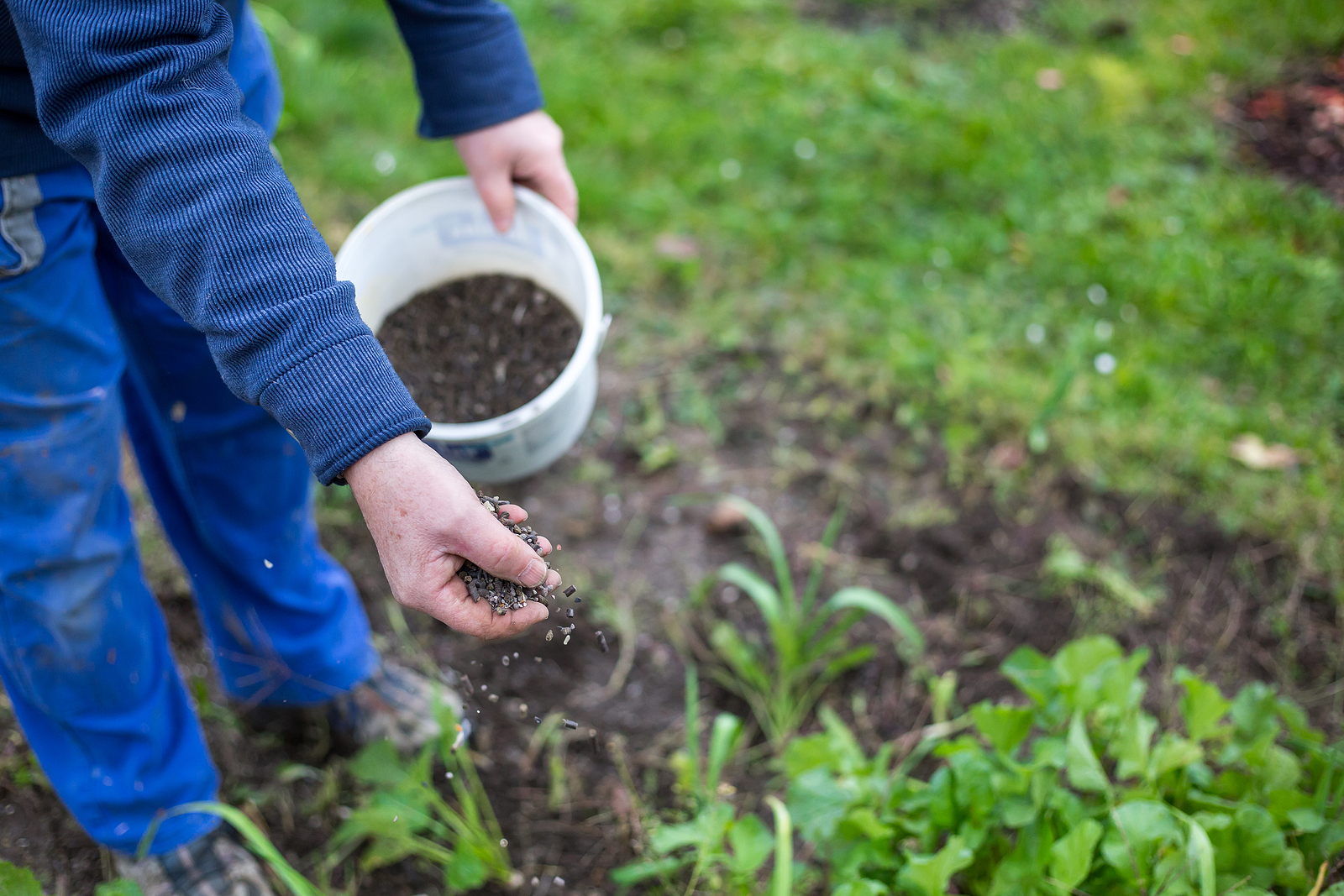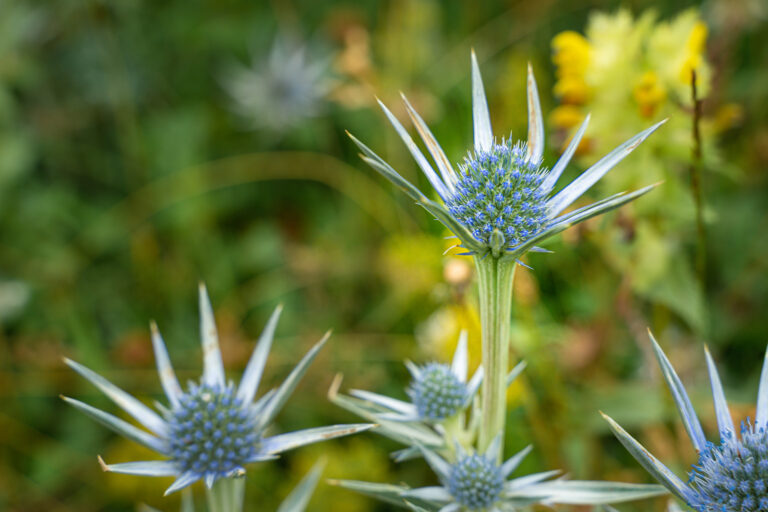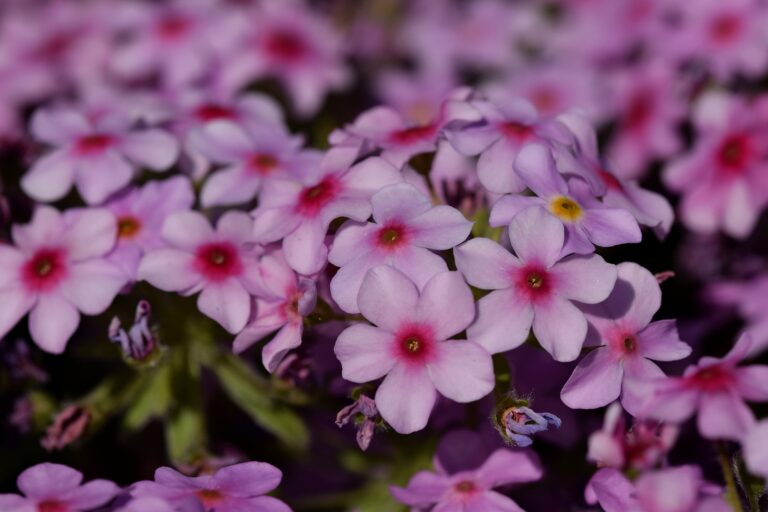How to Care for Perennial Flowers
Perennial flowers live more than two years. Some perennials live indefinitely. In many gardens, most of the plants are hardy perennials such as phlox, peonies, delphinium, and bleeding heart.
Perennials are often referred to as “the busy gardener’s favorites” because they tend to take care of themselves. Once established perennials they can bring beauty to the garden with minimum maintenance.
Perennial flower care basics
Here are simple tasks to care for perennial flowers:
- Keep the soil evenly moist, especially during dry spells.
- Feed the plants periodically.
- Pinch back the stems when the plants are young to encourage bushier growth.
- Deadhead or remove spent flowers to encourage more blooms.
- Periodically dig up plants and divide the roots.
- Cut the stems back to the ground as they die in winter.
- Spread mulch over them where the ground freezes in winter.
Fertilizing perennial flowers
All perennials will benefit from fertilizing.
- Topdress around plants with compost or aged manure in early spring.
- Add all-purpose organic fertilizer to the planting hole when you first plant perennials.
- Spread aged compost and manure around plants two or three times from late spring to autumn.
- Apply liquid fertilizers such as kelp meal or fish emulsions as foliar feed (spraying them on to plant leaves) three or four weeks during the growing season. Spray on a cloudy day or early in the morning before the sun is up.
- Apply synthetic fertilizers at half the recommended rate if you do not use organic fertilizers. Use synthetic fertilizers every eight weeks in moist soils, a bit more often if the soil is sandy.
- Stop all fertilizers six weeks before the average date of the first fall frost in your area.
Fall cleanup
- Clean up the garden at the end of the growing season; remove all plant debris. Remove plant stakes. Clean up weeds.
- In cold-winter regions, cut back herbaceous perennial to 3 or 4 inches (7.5-10cm) from the ground. Cut back shrubby or woody perennials such as lavender in early spring.
- In warm climates, cut back spring and summer bloomers in autumn.
Winter mulches
- After the soil freezes to 1 inch (2.5cm)deep, spread mulch over cut-back perennials. Use 6- to 8-inches (15-20cm) of straw or evergreen boughs. This will keep the soil frozen until spring and prevent thawing and refreezing through the winter—which can disturb, tear, or heave roots.

Dividing perennials
- Perennial roots commonly expand year after year to form larger clumps of roots. As roots become crowded, the older, central section of roots can grow woody and less vigorous; flowering and foliage growth will be affected.
- Divide perennial roots to reinvigorate the plant.
- Divide perennials in spring. Perennials can be divided in autumn
- Divide plants on a cool or cloudy day. Water the plants a day or two before dividing. Cut the stems back by one-third to decrease transplant shock.
- Dig up the plant to be divided with the root ball intact. Divide the clump into sections that have both roots and buds; use a sharp knife if necessary; discard the old, woody central parts of the clump.
- Water the planting hole for each division; replant only firm young divisions. Set each division in place at the same depth it was growing before; the crown should be even with the soil surface. Water in the new division; wait a few weeks to fertilize.
Also of interest:







